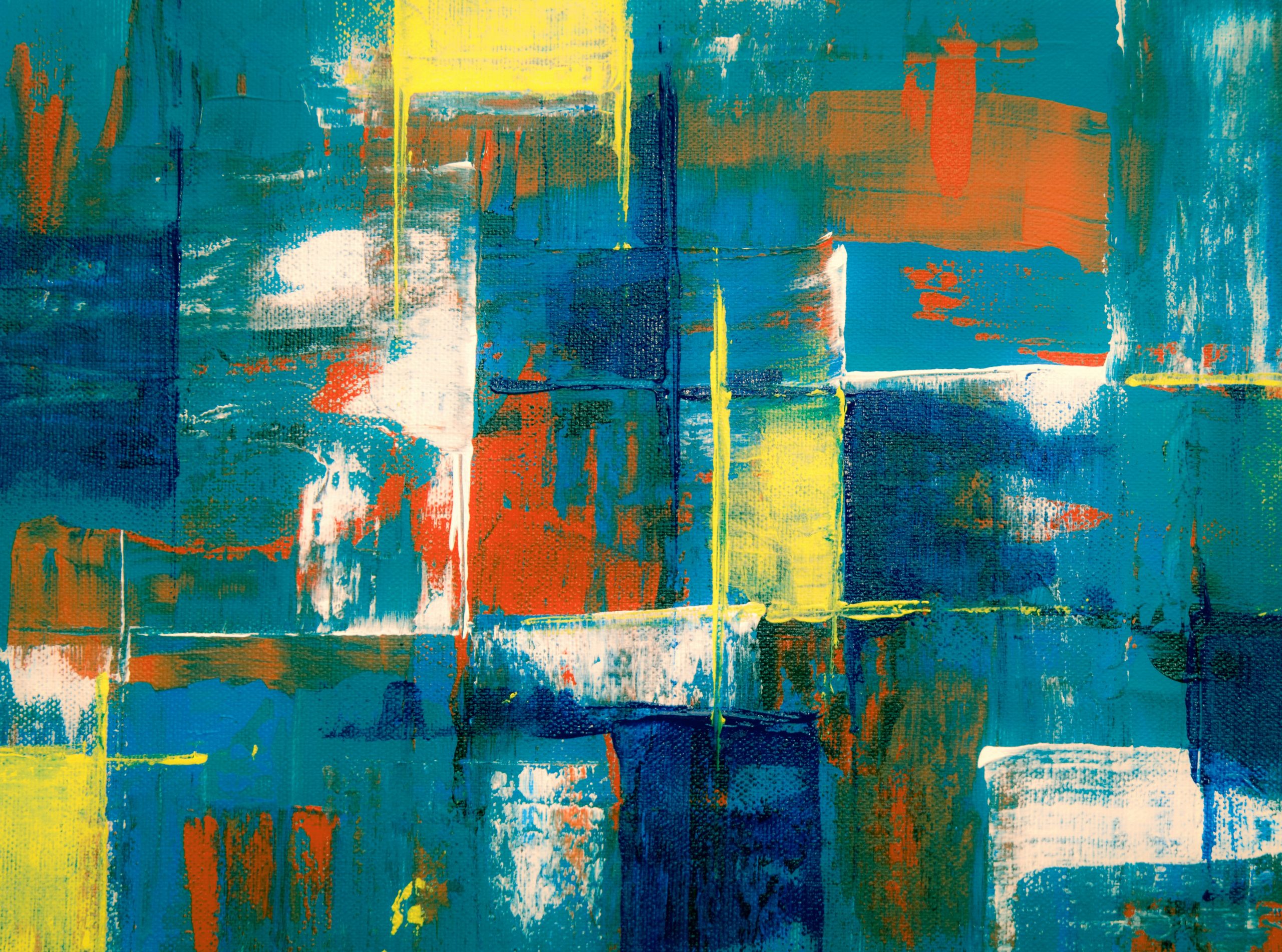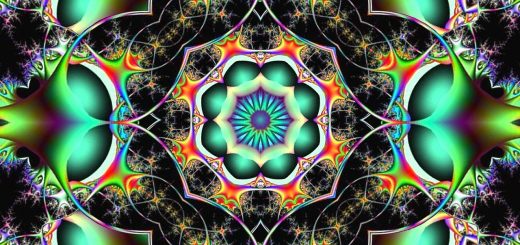The Cat in Ancient Egyptian Culture: Bastet and Protection

Before diving in, please note: This post is for informational purposes only. If you’d like to know more about how we approach topics, feel free to check out our friendly Disclaimer Page.
Hey there, amazing readers! 🖐️ Just a quick note: yes, we know there are a lot of ads here. Trust us, we get it—it’s not the prettiest look, but they help us keep this blog alive and kicking. Those pesky little ads cover the costs of all the behind-the-scenes magic, from hosting and tech stuff to creating content we hope you’ll love.
We’re committed to delivering quality posts, and your support (even just sticking around despite the ads) means everything to us. So, bear with us, and thanks for helping us keep the good vibes rolling. Now, on to the fun stuff! 😉
TRANSLATE BUTTON AT THE END OF THE ARTICLE
The Cat as a Sacred Animal in Ancient Egypt
In ancient Egyptian culture, cats held a special and revered place as sacred animals.
Cats were considered to be protectors, bringers of good fortune, and manifestations of the goddess Bastet.
They were believed to possess spiritual significance and were often kept as pets in households.
The ancient Egyptians even worshipped cats and considered them to be divine beings.
Cats were highly regarded for their ability to protect homes and their occupants from harm.
They were seen as guardians against evil spirits and were thought to bring blessings to those who cared for them.
Cats were also associated with the sun god Ra, who was believed to take the form of a lioness or a cat.
The ancient Egyptians believed that cats possessed special powers and could communicate with the spirit world.
It was thought that cats had the ability to see into the realm of the dead and could guide souls to the afterlife.
Because of this belief, cats were often depicted in religious art and were considered to be messengers of the gods.
Cats were also seen as symbols of grace, agility, and beauty in ancient Egyptian society.
They were admired for their sleek appearance and mysterious nature.
Cats were often depicted in art and hieroglyphics, showcasing their importance in everyday life and religious practices.
Their presence in Egyptian culture was widespread and deeply intertwined with the spiritual beliefs of the time.
Bastet: Goddess of Protection and Home
Bastet, the goddess of protection and home, was one of the most important deities in ancient Egyptian mythology.
She was often depicted as a lioness or a woman with the head of a lioness and was closely associated with cats.
Bastet was considered to be a fierce protector of the home, guarding against evil spirits and ensuring the safety of the household.
As the goddess of protection, Bastet was worshipped for her ability to bring blessings and good fortune to those who honored her.
She was also believed to have the power to ward off illness and misfortune, making her a popular deity among the ancient Egyptians.
Bastet was seen as a loving and nurturing goddess, especially towards children and families.
Bastet was also associated with music, dance, and joy.
She was believed to bring happiness and harmony to those who worshipped her, making her a beloved figure in Egyptian society.
Temples dedicated to Bastet were built throughout Egypt, where worshippers would come to offer prayers and sacrifices in her honor.
Role of Cats in Ancient Egyptian Society
Cats played a significant role in ancient Egyptian society, serving not only as pets but also as symbols of protection, fertility, and grace.
They were highly revered animals that were believed to bring good luck and blessings to those who cared for them.
Cats were kept in homes to protect the household from harm and to bring prosperity to the family.
In addition to their role as protectors, cats were also valued for their ability to control pests such as mice and rats.
They were effective hunters that helped keep grain stores and homes free from vermin, making them indispensable companions to the ancient Egyptians.
Cats were considered to be essential members of the household and were treated with great care and respect.
Cats were often given names and were considered to be part of the family in ancient Egyptian society.
They were pampered and well-fed, with some cats even being adorned with jewelry and amulets.
Cats were seen as loyal and loving companions that brought joy and happiness to their owners, creating strong bonds between humans and felines.
Importance of Cats in Egyptian Mythology
Cats held immense importance in Egyptian mythology, with various myths and legends featuring these revered animals.
Cats were often associated with the goddess Bastet, who was seen as their protector and patron deity.
Bastet was believed to watch over cats and ensure their well-being, making them sacred creatures in the eyes of the ancient Egyptians.
One of the most famous Egyptian myths involving cats is the story of the sun god Ra’s battle against the serpent Apep.
In this myth, Ra takes the form of a lioness to defeat Apep and protect the world from chaos and destruction.
Cats were seen as manifestations of Ra’s power and were revered for their connection to the divine.
Another important myth involving cats is the tale of the goddess Isis and her search for the pieces of her husband Osiris.
In this myth, Isis is aided by a cat in her quest to find Osiris and restore him to life.
The cat is seen as a loyal and clever companion to Isis, highlighting the importance of cats in Egyptian mythology as symbols of loyalty and intelligence.
Symbolism of Cats in Ancient Egypt
Cats held deep symbolism in ancient Egyptian culture, representing various qualities and attributes that were highly valued by society.
Cats were seen as symbols of protection, fertility, grace, and agility.
They were admired for their sleek appearance and mysterious nature, embodying the qualities of the goddess Bastet.
In Egyptian art and hieroglyphics, cats were often depicted as symbols of protection and guardianship.
They were shown with raised tails and alert expressions, signifying their role as protectors of the home and family.
Cats were also associated with the sun god Ra, who was believed to take the form of a lioness or a cat to defeat his enemies.
Cats were seen as symbols of fertility and motherhood in ancient Egypt, with their nurturing and protective instincts mirroring those of the goddess Bastet.
Cats were often depicted nursing their kittens in art, showcasing their role as loving and caring mothers.
They were symbols of the cycle of life and the importance of family and community in Egyptian society.
Bastet: Protector of the Pharaohs
Bastet played a crucial role in protecting the pharaohs of ancient Egypt, serving as their guardian and guide in times of need.
The goddess was believed to watch over the rulers of Egypt and ensure their safety and prosperity.
Pharaohs would often pray to Bastet for protection and blessings, seeking her favor in times of war and turmoil.
Bastet was seen as a fierce and powerful deity who could bring victory to the pharaohs in battle.
She was also believed to ward off illness and misfortune, keeping the rulers of Egypt safe from harm.
Pharaohs would often commission statues and amulets of Bastet to ensure her protection and favor in their reign.
The pharaohs of ancient Egypt held cats in high esteem, recognizing their connection to the goddess Bastet and their role as protectors of the home and family.
Cats were often kept in the royal palaces and temples, where they were pampered and cared for by the pharaohs and their families.
Cats were seen as loyal companions to the rulers of Egypt, bringing joy and comfort to their households.
Cats as Symbols of Fertility and Motherhood
Cats were revered as symbols of fertility and motherhood in ancient Egyptian culture, embodying the nurturing and protective qualities associated with the goddess Bastet.
Female cats were seen as representations of the divine mother, caring for their kittens with love and devotion.
Cats were often depicted in art nursing their young, showcasing their role as nurturing and loving mothers.
In Egyptian society, cats were believed to bring blessings of fertility and abundance to those who cared for them.
They were seen as symbols of the cycle of life and the importance of family and community.
Cats were revered for their ability to bring new life into the world and were associated with the goddess Hathor, who was the patroness of fertility and motherhood.
Cats were also seen as protectors of children in ancient Egypt, watching over them as they played and slept.
Cats were believed to bring good luck and blessings to young children, ensuring their safety and well-being.
Parents would often keep cats in their homes to protect their families and bring prosperity to their household.
Cat Mummies and Burials in Ancient Egypt
Cats were often mummified and buried with great care and reverence in ancient Egypt, showcasing their importance in Egyptian society and religious practices.
Cat mummies have been found in tombs and burial sites throughout Egypt, highlighting the special treatment that these revered animals received in death.
Cats were mummified to ensure their safe passage to the afterlife and to honor their role as protectors and guardians.
The ancient Egyptians believed that cats had special powers in the spirit world and could guide souls to the afterlife.
Mummifying cats was a way to ensure that these sacred animals could continue their divine duties in the afterlife.
Cat burials were often elaborate affairs, with the animals being wrapped in linen and placed in ornate sarcophagi.
Cats were buried alongside offerings of food, water, and precious artifacts, symbolizing their importance in Egyptian culture.
Cat mummies were often adorned with jewelry and amulets, showcasing the reverence and respect that the ancient Egyptians had for these sacred creatures.
Relationship Between Cats and the Afterlife
Cats were believed to have a special relationship with the afterlife in ancient Egyptian culture, serving as guides and protectors of souls on their journey to the underworld.
Cats were seen as guardians of the gates to the afterlife, ensuring that only those deemed worthy could pass into the realm of the dead.
The ancient Egyptians believed that cats had the ability to see into the spirit world and could communicate with the souls of the deceased.
Cats were often depicted in religious art and hieroglyphics as companions to the gods and goddesses of the afterlife.
They were believed to accompany souls on their journey to the underworld, guiding them through the dangers and challenges they faced along the way.
Cats were seen as protectors of the dead, ensuring that their spirits reached the afterlife safely.
The ancient Egyptians mummified cats and buried them with great care to ensure that they could continue their duties in the afterlife.
Cat mummies were often placed in tombs alongside their human counterparts, symbolizing the importance of these sacred animals in Egyptian beliefs about death and the afterlife.
Cats were revered for their ability to bridge the gap between the living and the dead, serving as messengers and guides to the spirit world.
Bastet Temples and Worship in Ancient Egypt
Temples dedicated to the goddess Bastet were built throughout Egypt, where worshippers would come to offer prayers, sacrifices, and offerings in her honor.
Bastet was one of the most popular and beloved deities in ancient Egyptian culture, with her temples serving as centers of worship and devotion.
The goddess was seen as a protector of the home and family, bringing blessings and good fortune to those who honored her.
Bastet temples were elaborate and grand structures, showcasing the importance of the goddess in Egyptian society.
The temples were adorned with statues, reliefs, and artwork depicting Bastet in her various forms.
Worshippers would come to the temples to seek the goddess’s favor and to ask for her protection and guidance in their daily lives.
The priests and priestesses of the temples of Bastet served as intermediaries between the worshippers and the goddess.
They would perform rituals, ceremonies, and offerings on behalf of the faithful, seeking to appease Bastet and gain her favor.
The temples of Bastet were places of solace and sanctuary, where worshippers could find peace and comfort in the presence of the goddess.
Cat Hieroglyphics and Artifacts
Cats were often depicted in Egyptian hieroglyphics and artifacts, showcasing their importance in ancient Egyptian culture and beliefs.
The image of a cat was used to symbolize protection, fertility, grace, and agility in hieroglyphic texts and inscriptions.
Cats were also featured in religious art and artifacts, highlighting their role as sacred beings in Egyptian society.
Cat artifacts have been found in tombs, temples, and burial sites throughout Egypt, showcasing the reverence and respect that the ancient Egyptians had for these revered animals.
Cat statues, amulets, and figurines were common offerings in temples dedicated to Bastet, highlighting the special relationship between cats and the goddess of protection.
These artifacts served as symbols of devotion and worship to the goddess and her feline companions.
Cats were also featured in jewelry, amulets, and household items in ancient Egypt, showcasing their role as beloved pets and protectors of the home.
Cat-shaped amulets were worn by the ancient Egyptians for protection and good luck, highlighting the special status that cats held in society.
Cats were seen as symbols of strength, grace, and divine protection, making them popular motifs in Egyptian art and artifacts.
Legacy of Cats in Modern Egyptian Culture
The legacy of cats continues to endure in modern Egyptian culture, with these revered animals still holding a special place in the hearts of the Egyptian people.
Cats are often kept as pets in households throughout Egypt, where they are cherished for their beauty, grace, and companionship.
Many Egyptians believe that cats bring good luck and blessings to their homes, just as their ancestors did in ancient times.
Cats are also celebrated in festivals and cultural events in Egypt, where they are honored for their role in Egyptian history and mythology.
The goddess Bastet is still worshipped in some regions of Egypt, with temples and shrines dedicated to her memory.
Cats are seen as symbols of protection and good fortune, embodying the qualities of the beloved goddess.
In modern Egyptian society, cats are regarded as beloved companions and cherished members of the family.
They are pampered, cared for, and loved by their owners, who see them as loyal and affectionate pets.
Cats continue to play a significant role in Egyptian culture, serving as symbols of grace, beauty, and divine protection in the ever-evolving world of modern society.
Conclusion
In conclusion, the cat held a sacred and revered place in ancient Egyptian culture, symbolizing protection, fertility, and grace.
The goddess Bastet was worshipped as the protector of the home and the pharaohs, with cats serving as her earthly manifestations.
Cats were mummified, buried, and worshipped in temples throughout Egypt, showcasing their importance in religious practices and beliefs.
Cats were seen as symbols of protection, fertility, and motherhood in ancient Egypt, embodying the qualities of the goddess Bastet.
They were revered for their ability to bring blessings and good fortune to those who cared for them.
Cats played a crucial role in Egyptian mythology, serving as guides and protectors of the living and the dead on their journey through the afterlife.
The legacy of cats continues to endure in modern Egyptian culture, with these beloved animals still holding a special place in the hearts of the Egyptian people.
Cats are cherished for their beauty, grace, and companionship, bringing joy and comfort to their owners.
The symbolism and reverence for cats in ancient Egyptian culture have left a lasting impression on Egyptian society, showcasing the enduring power and significance of these sacred animals.

The Enlightenment Journey is a remarkable collection of writings authored by a distinguished group of experts in the fields of spirituality, new age, and esoteric knowledge.
This anthology features a diverse assembly of well-experienced authors who bring their profound insights and credible perspectives to the forefront.
Each contributor possesses a wealth of knowledge and wisdom, making them authorities in their respective domains.
Together, they offer readers a transformative journey into the realms of spiritual growth, self-discovery, and esoteric enlightenment.
The Enlightenment Journey is a testament to the collective expertise of these luminaries, providing readers with a rich tapestry of ideas and information to illuminate their spiritual path.
Our Diverse Expertise 🌟
While our primary focus is on spirituality and esotericism, we are equally passionate about exploring a wide range of other topics and niches 🌍📚. Our experienced team is dedicated to delivering high-quality, informative content across various subjects ✨.
To ensure we provide the most accurate and valuable insights, we collaborate with trusted experts in their respective domains 🧑🏫👩🏫. This allows us to offer well-rounded perspectives and knowledge to our readers.
Our blog originally focused on spirituality and metaphysics, but we’ve since expanded to cover a wide range of niches. Don’t worry—we continue to publish a lot of articles on spirituality! Frequently visit our blog to explore our diverse content and stay tuned for more insightful reads.





